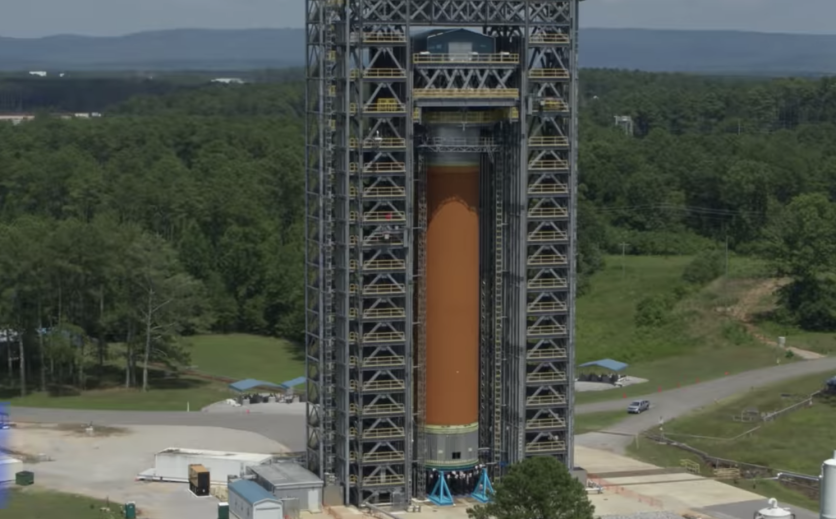The National Aeronautics and Space Administration (NASA) is back on the moon. The agency is planning to send astronauts back to the lunar surface by 2024.
The deadline has always seemed a little too ambitious for most analysts, but when it does, it will use the SLS, or Space Launch System rocket to make it possible. The SLS has been under construction for a long time, and extensive research has been carried out to ensure it meets the demands of NASA.

The space agency also plans to put the first woman on the moon or next man by 2024. The mission is under NASA's Artemis program. It will support as much as possible to explore the moon's surface and establish permanent missions to the moon by 2028. The research which the moon has accomplished will serve as a building block to explore Mars in the future.
NASA intentionally destroys its expensive Space Launch System
NASA has now released a video that showcases its own SLS rocket destruction. By purposely moving the rocket beyond its built strength limits, the space agency will get a better understanding of how strong it really is. This is the first time that we get to see the backdrop of how it all goes down.
In the video, NASA brakes down the SLS in a few ways, such as pressure testing that led to the rocket's body bursting open like a soda can. It's impressive to watch, particularly when you remember how much these rockets cost to build (hundreds of millions of dollars, to be conservative).
According to NASA, the test version of the rocket's liquid oxygen tank was purposely pushed to its limits on June 22. In Marshall's test lab, engineers worked with the SLS team to test four of the structures that make up most of the rocket's 212-foot core stage and the structures that make up the entire upper part of the missile.
"The final test concludes a nearly three-year structural test series that qualified the structural design of these multiple hardware elements for the rocket that will launch NASA's Artemis missions and astronauts to the Moon," NASA said.
During these tests, with the wealth of data NASA collects, the space agency can be sure that the spacecraft will contain the forces that will be applied to it during a typical mission. It also provides some peace of mind that if something goes wrong, the rocket can withstand additional stress. As every piece of NASA hardware has ever been sent to space, it does have a breaking point.
NASA expects one of those powerful rockets to potentially carry humans to the moon. Many have criticized the short timeframe, but the pace at which things fall together indicates that the 2024 launch window may be made. Nonetheless, things can still change in the future.
NASA Artemis program
In the meantime, the Artemis Program of NASA is an effort to place humans on the moon and to restart the American space program. The Artemis mission takes its name from Apollo's twin sister (the Moon goddess), the mission that placed Neil Armstrong on the moon.
Scientists will use the moon's surface as an engineering area of research and practice living in space throughout the program before taking a step closer to Mars. Some of the research's main findings will be how the human body reacts to the spaceflight's long duration, and creating a habitat on the surface.
The software Artemis will be implemented in two pieces. First, they will launch Artemis without a crew; the Space Rocket and Orion spacecraft will be tested together. Artemis II will be a test flight with a team ahead of Artemis III's final launch, which will place the first woman or next man on the moon by 2024.
ⓒ 2025 TECHTIMES.com All rights reserved. Do not reproduce without permission.




